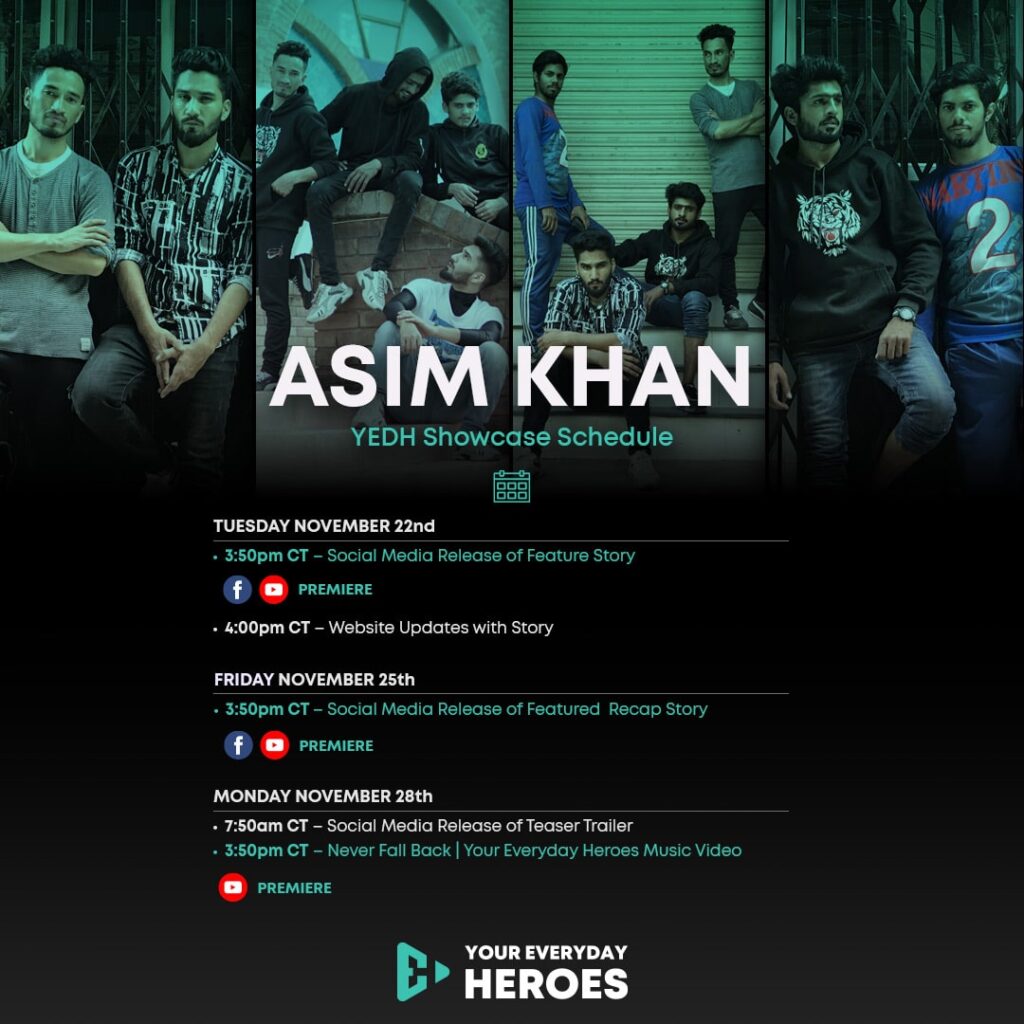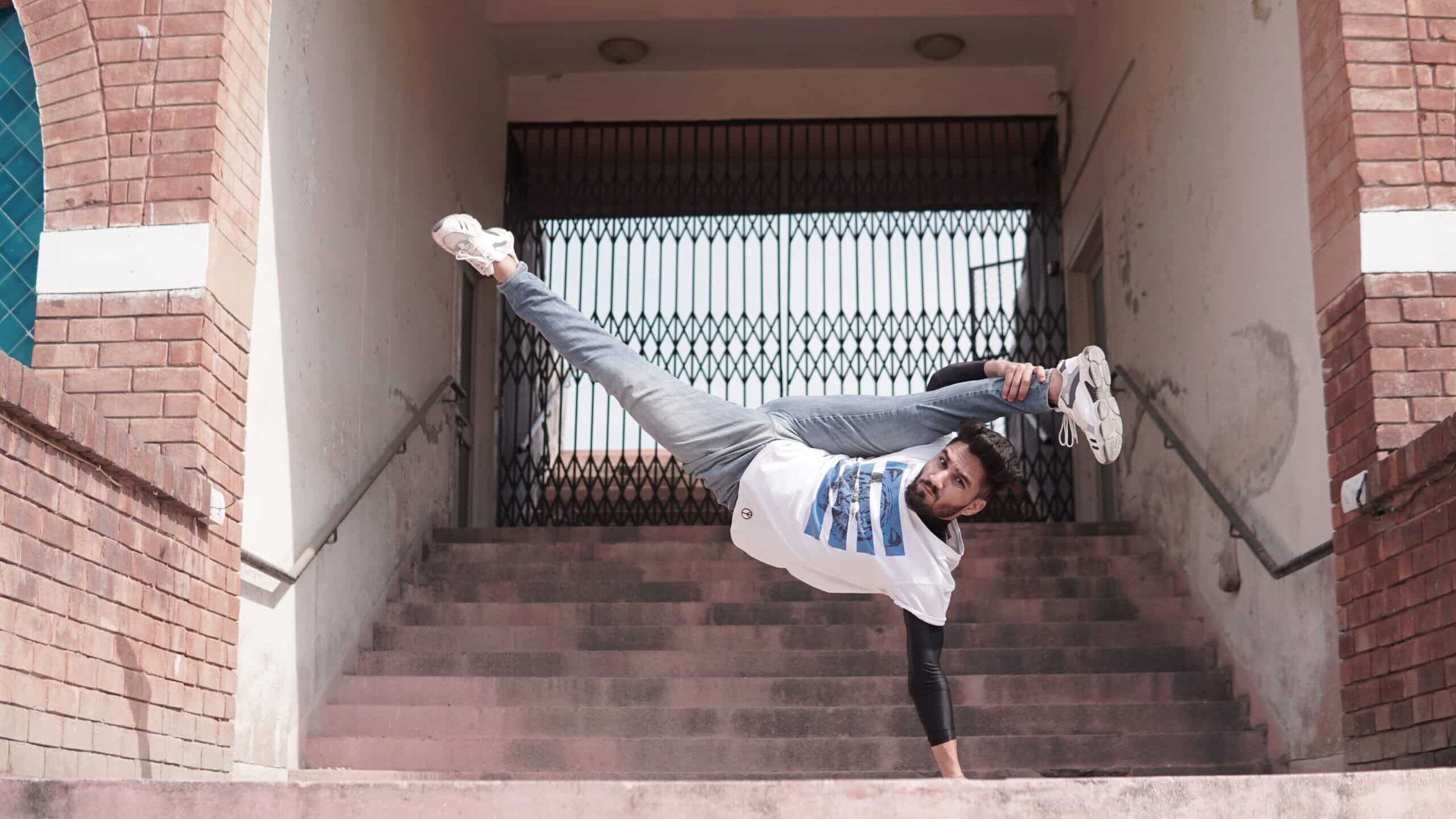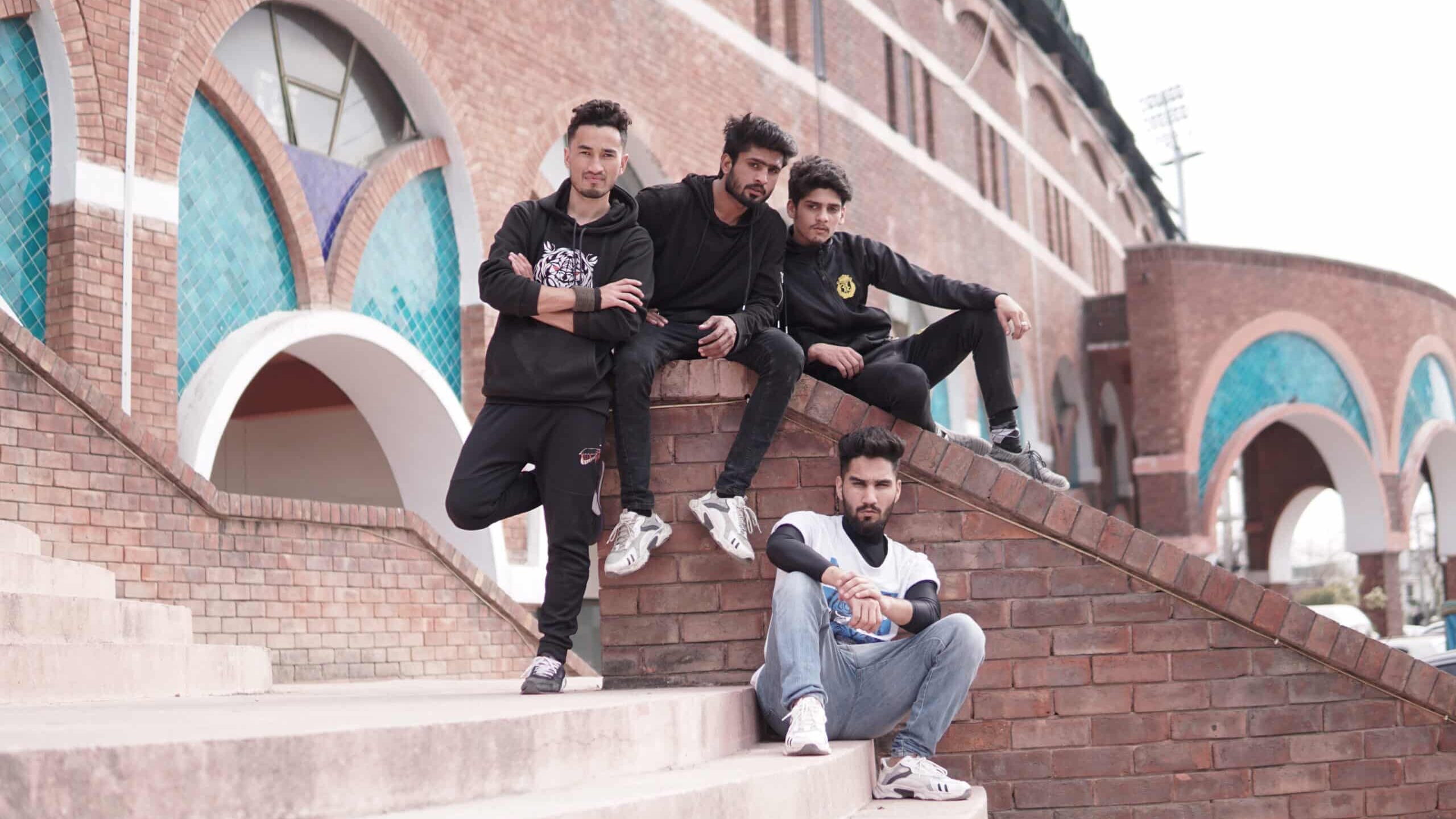Parkour | Asim Khan | What’s The Difference Between Parkour vs Freerunning
Pakistani native Asim Khan is more than a freerunner: He is a teacher, a fighter, and above all, a survivor. As a child, he lived through 2005’s devastating Kashmir earthquake, which killed more than 86,000 people and destroyed the homes of 4 million people.
After facing death, Asim has aspired to live his life to the fullest and accomplish everything he can during his time on Earth.
Over the course of his career in sports, he has won medals in national taekwondo competitions, trained hundreds of future fighters, and acted as a stuntman in numerous Pakistani commercials.
But his true passion is parkour, a sport that is neither safe nor profitable, yet he does it out of sheer love for freerunning.
2005: Asim Khan Survives the Kashmir Earthquake
Asim Khan lost several family members to the 2005 Kashmir earthquake, including one brother and two sisters.
“I was under a shelter, surrounded by dead bodies. Three of my siblings were lying dead in front of me,” he recalled. “I have seen death very closely, but luckily, I am one of the survivors.”

Having endured such a traumatic incident, Asim could have easily adopted a pessimistic perspective on life.
However, he used his precocious knowledge of death to his advantage: he realized that life is fleeting, and he therefore has a duty to make the most of it.
Using this philosophy as a guiding light, he has followed his passions in spite of discouragement from those around him.
How Did Asim Khan Discover Parkour?
Asim has always been athletic. Prior to his parkour career, he was heavily involved in taekwondo and even won a bronze medal at a Pakistan’s national kickboxing event, which serves as an Olympic qualifier for the country.
In fact, it was through taekwondo that he learned about parkour and freerunning.
Prior to the competitions, freerunners would perform parkour stunts to warm up the crowd. The sport appealed to Asim even more than taekwondo, so he asked his coach to teach him parkour stunts, a request that was initially denied.

Because parkour lacks a dedicated following in Pakistan, Asim’s taekwondo coach warned him that there was no career in the sport.
But Asim convinced his coach that his passion for parkour and freerunning was not rooted in its potential for monetary gain. Reluctantly, his coach agreed to teach him some basic stunts.
After years of consistent practice, Asim has finally reached a point at which he can confidently call himself a “freerunner.”
What is the difference between Parkour vs Freerunning?
According to Encyclopedia Britannica, parkour, or freerunning, is “the practice of traversing obstacles in a man-made or natural environment through the use of running, vaulting, jumping, climbing, rolling, and other movements in order to travel from one point to another in the quickest and most efficient way possible without the use of equipment.”
While people question the distinction between parkour vs freerunning, the sport and movements are exactly the same. There is actually no difference in style or tricks when it comes to parkour vs freerunning, and the terms are actually interchangeable.
Parkour, which rose to prominence in the 1990s, has roots in both martial arts and military obstacle training, but has existed in Africa and China for centuries.
French naval officer Georges Hébert developed and taught a “natural method” of athletic skill modeled after the discipline he witnessed amongst freerunning indigenous African tribes in the early 1900s.

His method of freerunning eventually became standard military training for French troops during WWI and WWII.
It also inspired the development of military obstacle courses, which have been adopted globally as a training test for armed forces.
The modern parkour movement was launched by French actor David Belle, who drew inspiration from Hong Kong action films and notable cinematic martial artists Bruce Lee and Jackie Chan.
In the 1990s, he taught and trained with a group of young men coined the Yamakasi, who pushed themselves to peak physical and mental strength through group challenges that emphasized repetitive movements – each stunt had to be completed ten times by every member to be considered an achievement.
Belle’s starring role in “Taken” scribe Luc Besson’s 2004 French film “District 13,” introduced the world the practice of freerunning, which inspired parkour action sequences in major early aught Hollywood films “Casino Royale,” “The Bourne Ultimatum,” and “Live Free or Die Hard.”
The media explosion surrounding the practice led to parkour’s popularity to grow worldwide, which is how Asim came to practice the discipline in Pakistan with his own network of free runners.
What Makes Asim Khan an Everyday Hero?
Many would not call the performance of life-threatening stunts heroic in and of itself, but Asim’s heroism runs deeper than his hobby. He is a hero because of his unwavering passion in the face of criticism, as well as his rare ability to turn negative circumstances into positives. As a fitness instructor at a local school, he is able to impart his wisdom upon a future generation of heroes.
“This is the lesson I have learned,” Asim remarked. “No matter what, never stop running. The faster you go, the more that will go against you… But one day, you’ll achieve what you want. Just remember one thing: never stop chasing your dreams.”

Asim’s dedication to parkour has inspired other young people to take up freerunning. While the sport is still far from being mainstream in Pakistan, Asim has managed to assemble a crew of like-minded freerunners who teach and learn from each other, reminiscent of the French Yamakasi.
His local crew currently contains about 20 members, though they have established connections with other parkour crews all over Pakistan. “If there’s a gig that requires 80 people, we can get 80 people,” Asim noted.
Asim Khan’s Struggles Freerunning
Freerunning – pun intended – no walk in the park. Even outside of Pakistan, the sport is difficult to make profitable, and as a result, Asim has had to take on side hustles to support himself and his family.
He stays financially afloat by working as a fitness coach, and taking jobs as a stuntman and action coordinator in local commercials.
Asim’s devotion to freerunning has put him at odds with his extended family, who do not understand the sport’s appeal.
Asim’s parents are not amazed by the spectacular feats he can perform using his body, just as they were previously unimpressed with his interest in martial arts competitions. They view his freerunning as a waste of hours he could spend earning wages to support their joint household.
Did you miss Alex LeVesque’s Featured Showcase?

He said that even while competing in Pakistan’s Olympic qualifiers for taekwondo in 2019, they viewed his participation as a wasteful folly, as he had to pay entrance fees out of pocket and came home with a bronze medal instead of a monetary prize.
His wife, who is pregnant with their first child, has her own reservations about the sport, which she believes is a threat to his physical safety. She worries that if he gets injured during a stunt while freerunning, he will be unable to care for their child and support their young family.
Her apprehensions about freerunning are not without merit, Asim once severely injured both of his feet performing a complicated sequence of aerial moves that he has never tried to attempt again. His worst injury came about from trying to do a flip and landing on his neck. Despite the severity of the issue, he chose to heal on his own rather than seek medical treatment.
What Are Asim Khan’s Plans for the Future?
Though he’s faced with financial and familial challenges, at 23-years-old, Asim has no plans to quit freerunning any time soon. He intends to expand his own career in parkour and contribute to growing the sport’s following in his country by opening a club in his area, where he and his team members can teach freerunning to adults and children alike.

Asim also wants to expand his acting portfolio in Pakistan’s burgeoning film industry. He hopes to become a freerunning action hero like his own personal cinematic martial arts hero Jackie Chan.
For now, he’s happy to take on work as stunt man in local commercials alongside his parkour crew, but recently got his big break in a feature film, where he coordinated and performed a fight scene on top of a moving cargo plane.
Asim Khan on Heroism
Having lived through so much in such a short time on Earth, Asim has garnered plenty of wisdom, particularly with regards to heroism.
When asked to define the word hero, he said, “A hero is someone who works not only for himself, but for the betterment of society, someone who cares about others more than himself… that is a hero.”

As for whether or not he believes himself to be a hero, he confidently stated, “Yes, I am a hero because without any training, I taught myself; without any resources, I pursued my passion; and without any support, I overcame every obstacle.”
Asim can be an inspiration not only to the parkour community, but to anyone looking to pursue their dreams in the face of adversity. To his audience he has a simple, yet powerful message: “Stay strong, be positive. Do what you want before it’s too late.”
Asim Khan Is A Hero
Asim Khan could have lost his life in 2005. Thankfully, he was lucky enough to survive and take up freerunning. For that, he is grateful, and he showcases his gratitude for life by living it to the fullest, never giving up on his dreams, even when others advise him to take a different path.
He knows that the world moves quickly. But if he were to die today, he would take satisfaction in knowing he has accomplished all that he could. And at only 23-years-old, he has far more to look forward to. “Never stop running,” he remarked.